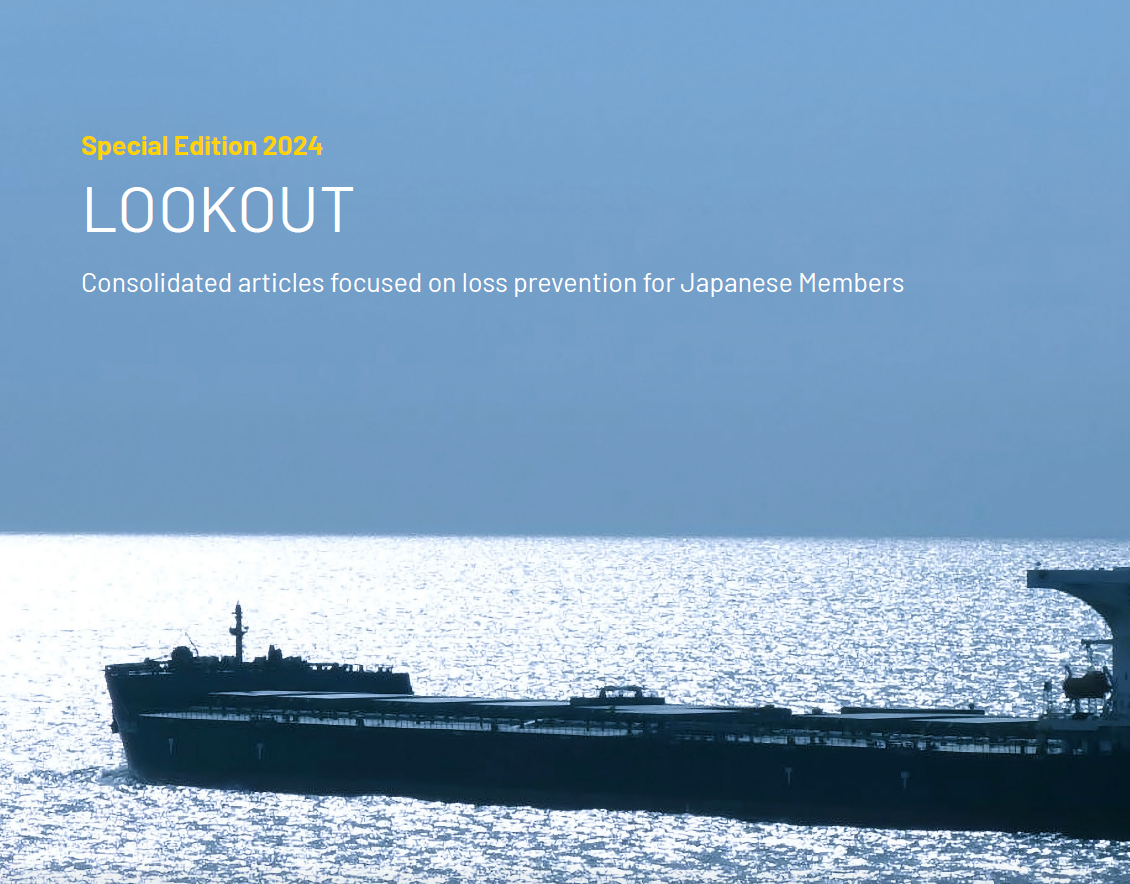インド海運総局(DGS)は、インド籍船舶および特定期間ライセンス(SPL)の下でインド沿岸を航行する外国籍船に対し、監視カメラ(CCTV)システムの設置を義務付ける通達を発行しました。
インドに寄港するその他の外国籍船(SPLに基づかない)については、この要件は義務付けられていません。しかし通達では、新要件を認識のうえ、設置を行うよう推奨しています。
DGSにより発行された通達の主な概要は以下の通りです:
The Indian Directorate General of Shipping (DGS) has issued Merchant Shipping Notice No. 02 of 2025, mandating the installation of closed-circuit television (CCTV) systems on Indian-flagged merchant vessels and foreign-flagged vessels trading on the Indian coast under a Specific Period License (SPL).
For other foreign-flagged vessels calling at Indian ports, this requirement is not mandatory. However, the notice recommends that these vessels are aware of the new requirement and encourages implementation.
Listed below are some of the key features of the DGS notice:
Assessment
Vessel owners and International Safety Management (ISM) managers, in coordination with the ship’s Master, must conduct a thorough assessment to design a vessel-specific CCTV system. This assessment should focus on vulnerabilities, optimal camera placement, and coverage of critical areas such as ship-side railings, common spaces, and isolated locations. For tankers, the system must comply with safety standards for hazardous zones.
Recommended Camera Placement
The notice provides a comprehensive table recommending the placement of CCTV cameras in key areas, including:
- Port and Starboard Main Decks
- Forecastle, Mooring, and Stern Areas
- Navigation Bridge (optional technology for incident analysis)
- Citadel
- Accommodation Exteriors and Lifeboat Decks
The minimum number of cameras varies based on vessel size and type, with a requirement ranging from 4 cameras for vessels below 3,000 GT to 12 cameras for those exceeding 10,000 GT.
Compliance and Timeline
- Existing Indian-flagged vessels and foreign-flagged vessels under SPL must comply within 36 months or by their next renewal survey, whichever is later.
- Newly registered Indian-flagged vessels must comply within 36 months of registration.
- Newly constructed Indian-flagged vessels must install CCTV systems prior to delivery.
Technical Specifications
To ensure reliability and effectiveness, the CCTV systems must meet the following technical specifications:
- Minimum 1080p Full HD resolution with at least 30 fps frame rate
- IP66/IP67/IP68-rated cameras for open deck installations
- In machinery spaces, the cameras should be able to withstand higher temperatures and preferably have thermal detection
- Storage capacity of at least 14 days
Furthermore, the CCTV system must integrate with the vessel’s IT infrastructure while adhering to cyber risk management protocols. Signage must be displayed in common areas to notify crew and visitors about surveillance, ensuring compliance with privacy regulations.
The directive recommends the incorporation of Artificial Intelligence (AI) or system-based software to enhance monitoring capabilities. These technologies can enable real-time monitoring, anomaly detection, advanced automated alerts, and reduce reliance on manual oversight.
Inspection and Maintenance
CCTV systems should be inspected weekly and serviced annually, with maintenance records available for audit.
Training Guidelines
To maximize operational efficiency, the directive includes training guidelines:
- The Master or safety officer and security officer should be familiar with the CCTV operation and monitoring.
- Crew members should be trained to use the system when they join the vessel and during man-overboard, search and rescue (SAR), and security drills.
- The Designated Person Ashore (DPA) and ISM manager should be familiar with shore-based monitoring and response.
Compliance Review
- Vessels equipped with existing CCTV systems at the time of the notice’s issuance will be deemed compliant but should be reviewed for adequacy.
- Equipment malfunctions will not be considered deficiencies during flag state or port state control inspections.
- Access to recorded data is restricted to the vessel, its ISM managers, DPA, and owners. External entities, including port authorities, cannot access footage unless authorized by the DGS.





